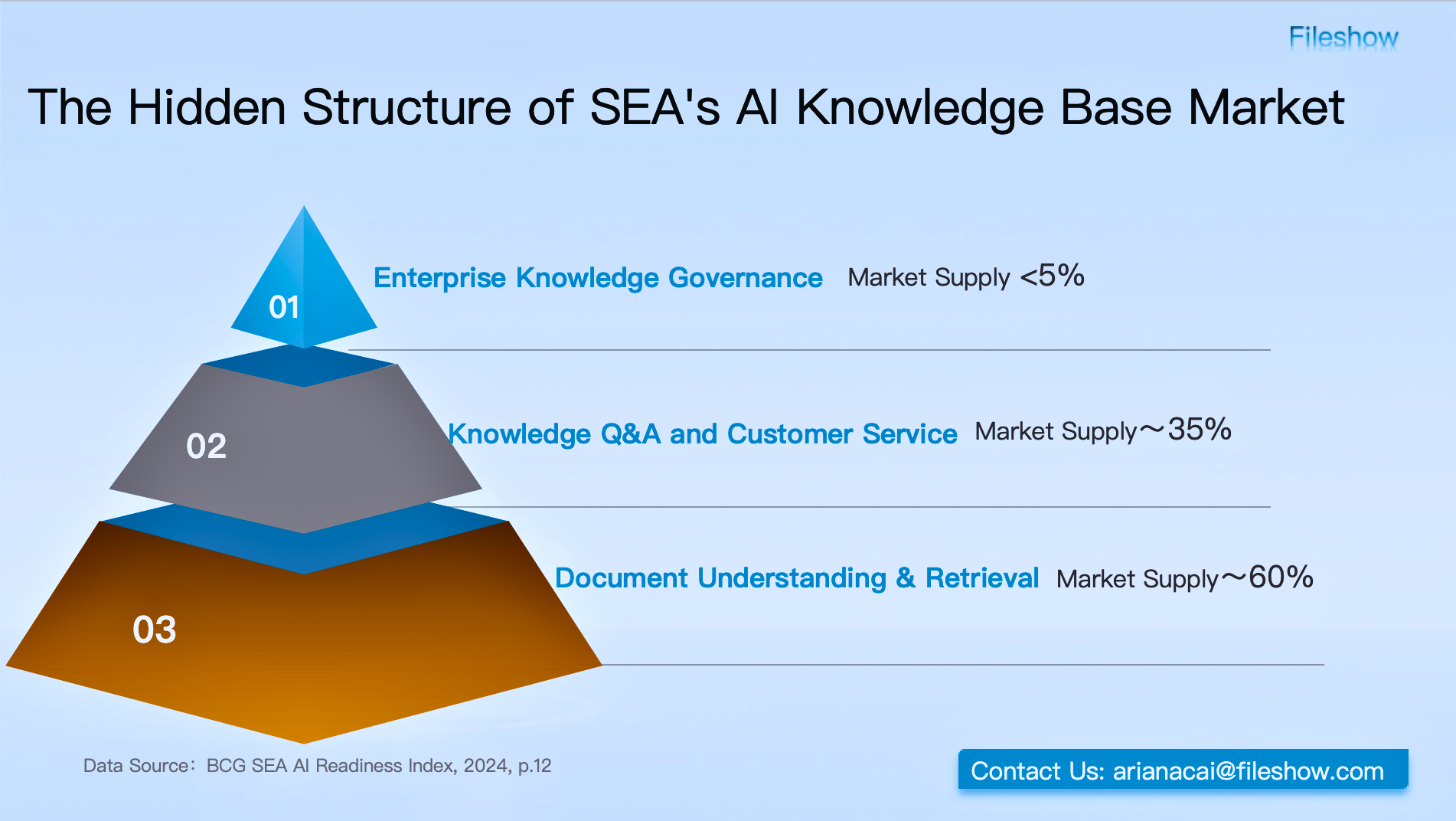How Can Emerging Businesses Quickly Establish a File Management System?

In today's business environment, a document management system is vital for efficient operations and standardized management. For emerging businesses, quickly setting up a tailored document management system optimizes internal collaboration and effectively protects critical data. This article offers key strategies for emerging companies to build such a system swiftly and effectively.
Identify Document Management Needs
Setting up a document management system starts with defining the company's needs, which often focus on:
- Scalability: As the company grows, storage needs evolve, so the system should be flexible.
- Efficient Collaboration: Cross-department and cross-regional file sharing and real-time collaboration are crucial for fast operations.
- Access Control: Sensitive files require tiered access control to ensure data security.
- Data Security: Emerging businesses typically lack comprehensive security mechanisms, making user-friendly protection and backup functions essential.
By clarifying these needs, businesses can select an appropriate management solution and avoid resource waste.
Select the Right Document Management Platform
Based on specific requirements, choosing a comprehensive document management platform is essential. Cloud storage solutions are often ideal for emerging businesses, offering storage, collaboration, sharing, security, and access control in one system. Cloud-based platforms also help companies avoid initial high hardware costs, providing flexibility and scalability.
Recommended Selection Criteria:
- Cross-Device Support: Accessibility on PCs, phones, and tablets to support mobile work.
- Ease of Use: A user-friendly interface reduces training time and implementation costs.
- Access and Security Controls: Multi-level access control ensures data security.
- Scalability: The ability to expand as storage needs grow with the business.
Establish Clear File Organization and Naming Conventions
A well-organized file structure and naming rules are foundational to a document management system, helping employees find files quickly and reducing duplicate storage and sharing errors.
Suggestions:
- Naming Conventions: Set simple rules so filenames contain key information, such as date, project name, and version number.
- File Organization: Organize files by department, project, and document type, enabling quick access for team members.
- Version Control: Mark different versions to prevent file overwrites or data loss, especially important in collaborative work.
Access Control and Data Security
Emerging businesses face data leak risks, making effective access control essential. By assigning appropriate file permissions, companies can ensure that only relevant personnel can view, edit, or share sensitive files.
Best Practices:
- Layered Management: Classify files by sensitivity level, store critical files in encrypted folders, and limit access.
- Permission Assignment: Distribute permissions based on role and department, ensuring data security. For example, finance files should be limited to finance and management, while R&D files are restricted to the technical team.
- Activity Tracking: Cloud storage platforms often include log tracking, which allows tracking file access and modification history for issue tracking.
Backup and Recovery
File backups are an essential part of a document management system. Emerging businesses can ensure data security with the following practices:
- Data Recovery: Choose systems with data recovery options for accidental deletion or file corruption.
- Regular Backups: Automated backups save files to secure locations, preventing data loss in case of unforeseen events.
- Version History: Many cloud storage platforms offer version history, allowing users to retrieve original versions if files are mistakenly edited.
For emerging businesses, establishing a document management system is a critical step. Businesses can quickly build a flexible and efficient system by identifying needs, choosing the right platform, setting up standards, implementing access control, and enhancing data security. This system will continue to evolve with business growth, delivering ongoing improvements in efficiency and data protection.

